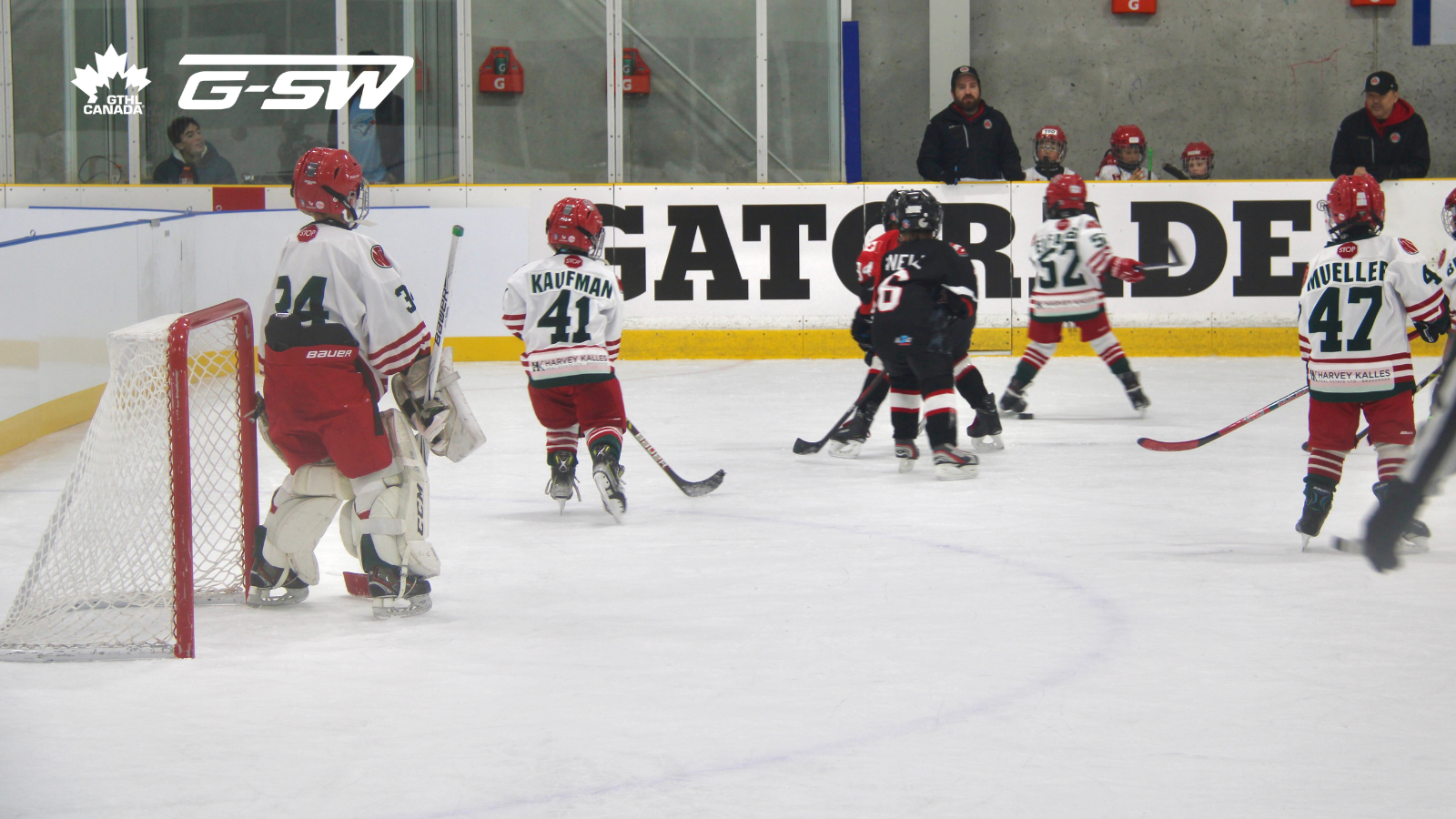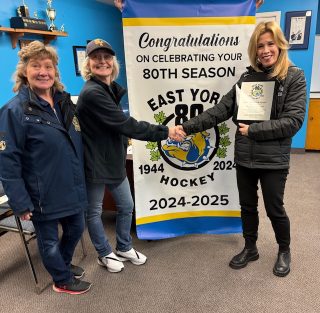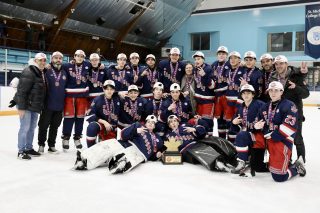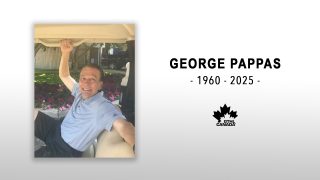In 2017-18, Hockey Canada mandated modified ice for Under-9 and younger programming. The focus of this change was the hockey player. Shrinking the ice surface from full-ice to modified at the younger age groups offers many benefits to players specifically in terms of growth and development. In particular, modified ice provides an increased emphasis on puck skills, skating, hockey intelligence, and more. Modified ice is also a more friendly way for beginner-level hockey players to become integrated and learn the game. Read on below for more on why modified ice is beneficial.
The Statistics of Modified Ice
According to Hockey Canada, modified ice provides players with the following:
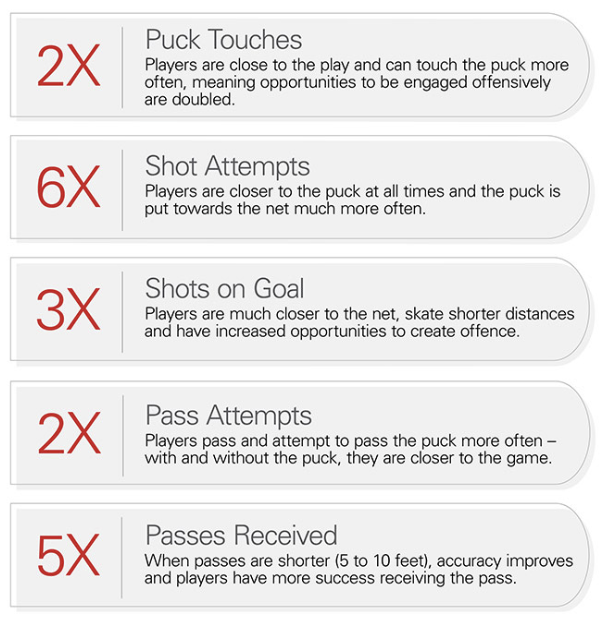
Improving the experience for new players
Trying any sport for the first time can be a daunting task for a young child. To set new players up for the best chance of success, confidence needs to be built and a path to improvement needs to be visible and ultimately, attainable. Modified ice provides players with an increased emphasis on the fundamentals of hockey: skating, passing, shooting, puck handling, and decision making. Modified ice shrinks the playing area, which means the player does less chasing and instead, has more opportunities for puck touches, engagement, and fun.
Challenging advanced or experience players
On the flip side, modified ice can also provide more advanced or experienced players with challenges too. The smaller playing surface will force these players to make decisions quicker and also adapt to having less time and space. It can also lead to improved problem-solving in creating more time and space with the puck, or even encourage the player to use their teammates more in a tactical way.
The below clip is from the Pittsburgh Penguins. They are using a small area game to work on some of the things listed above.
36 seconds of Penguins development camp, including first-round pick Owen Pickering in a yellow No. 19 jersey. pic.twitter.com/sRjvimUkbh
— Danny Shirey (@DannyShireyPGH) July 10, 2022
Hockey Canada also uses small area games with the U17 National Team:
Playing small area games is an important part of hockey skill development, even at #U17Camp
more puck touches
changing directions
forces puck release
quick thinking pic.twitter.com/9Arjxy74ny
— Hockey Canada (@HockeyCanada) July 25, 2019
Another example, featuring the NHL’s Seattle Kraken:
Lots of small area work in Group 1 of today’s on-ice session.
Driedger and Stezka are still together as the goalies in this session, meaning Daccord will be with Grubauer.
Is Joey Daccord closing in on securing an NHL job? #SeaKrakenpic.twitter.com/Wgv2Y1MMtf
— Sound Of Hockey (@sound_hockey) September 29, 2023
Hear from the Pros:
“I like being on the small ice because I can shoot more, score more, and get the puck more.”
Tykes to @cmcdavid97 discuss why small area play helps their game. pic.twitter.com/SJIhIY4R0T
— GTHL Hockey (@GTHLHockey) November 21, 2018
More ice time for all
By splitting up the traditional hockey rink into smaller sections, there is more opportunity to get more players on to the ice surface. This means more ice time for players and thus, more development opportunities. In practices, coaches should be setting up stations and splitting up their teams (and even their practice partner) into smaller groups (based on age, skill, etc.). This allows for more repetitions and less standing around waiting for a player’s turn.
Playing games under modified ice means less rules, less whistles, and less stoppages of play. This allows for kids to maximize their time on the ice and focus on trying to implement the skills they learned at practice, in real game situations.
Learning the rules of traditional hockey are important, but at the early stage in a player’s minor hockey journey, the rules can wait. The most important part and focus should be on having fun and the chance to implement and improve their skills.
Other resources include:
- Words from a GTHL player describing their experience with small area training – CLICK HERE
- Retired NHL Player and GTHL alumnus Carlo Colaiacovo – CLICK HERE
- Hear from Jack Hughes – CLICK HERE

